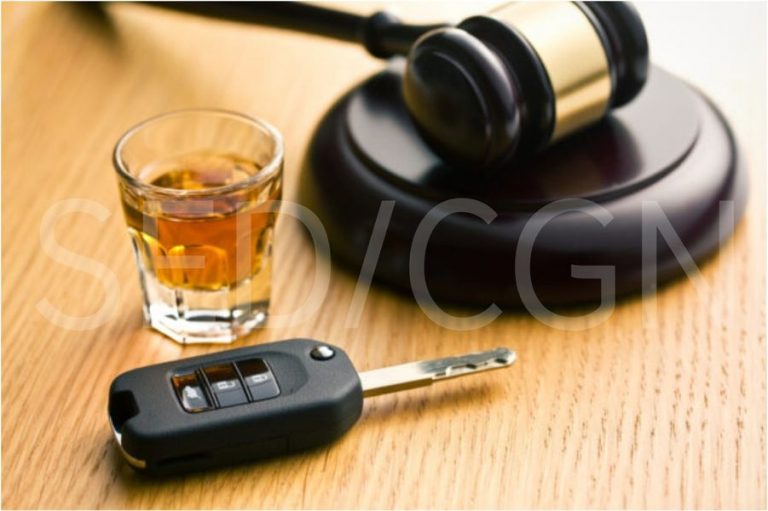USEFUL ROAD SAFETY TIPS
UNDERSTANDING THE RULES FOR SAFE HIGHWAY DRIVING (PART 1)
Since their opening to traffic, a number of road users traveling down the highways still overlook rules regarding the use of highways. Here is a brief recap of the essential rules.
What is a highway?
A highway is a road specially designed and built for fast motor traffic. It consists of two motorway directions separated by a central reservation, or exceptionally by other means. The highway does not cross at level with any road, railway, tramway track or footpath; it does not serve properties bordering on it and has limited access points.
Restrictions on access
Pedestrians and animals are prohibited on highways. Also, slow moving vehicles, i.e. vehicles that cannot reach speeds up to 80 km/hour for various reasons (construction vehicles, public works machinery, etc.), or vehicles whose engine power is set in such a way that their speed cannot exceed 80 km/hour, are not allowed to travel upon highways.
The following are prohibited:
Highway drivers are not allowed to:
▪ make a U-turn (1);
▪ reverse (2);
▪ stop their vehicles or park elsewhere than in marked-out parking areas (3);
▪ go unto the central strip, or unto the cross-connections linking both roadways (4).
UNDERSTANDING THE RULES FOR SAFE HIGHWAY DRIVING (PART 2)
Rules for using a highway
When driving on a highway, a number of measures must be followed.
Entering and exiting a highway
a) Drivers entering a highway should:
– give way to vehicles travelling on the highway if there are no acceleration lanes extending from the access road;
-Use the acceleration lane if there is any, accelerate and merge carefully into traffic.
b) The driver leaving the highway must take the lane corresponding *to the highway exit* in good time and move quickly, if necessary, into the deceleration lane.
Driving on the highway
The maximum speed limit on a highway is between 110 km/h and 130 km/h, but in rainy weather, it is recommended to drive at 110 km/h. The minimum speed is 80 km/h and below this, the vehicle becomes a nuisance to other road users. However, for safety reasons, a speed below the minimum speed may be imposed in certain areas by means of traffic signs.
In addition, in case of a technical issue requiring a reduction of speed, the driver must absolutely move to the extreme right-hand lane and warn other road users by activating his hazard warning lights in order to enable them adjust without any danger or risk of accident.
The main road traffic rule is to always drive on the right-hand lane if you are not planning to overtake; in fact, the central and left-hand lanes are reserved for overtaking; therefore, except in case of traffic jams or tolls, the driver is not supposed to ride on these lanes throughout his journey.
NB:
- As on other roads, overtaking on the highway should be done in accordance with the highway code, that is only on the left-hand side of the road (left-hand lane or central lane). It is noteworthy that the driver must use indicators to indicate that he is about to overtake and, after overtaking, to get back to the right-hand lane. It is also important to follow safe distances during the overtaking manoeuvre.
- The safe distance on a highway can be estimated visually by allowing a two-line gap of the right-hand white strip between you and the vehicle in front; in case the distance is lower than this estimate, it becomes dangerous and the driver should slow down to allow more space between him and the vehicle in front.

